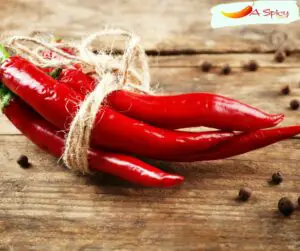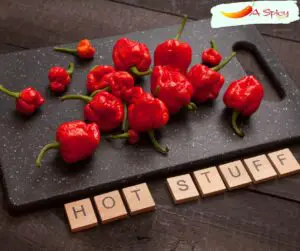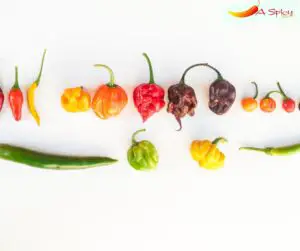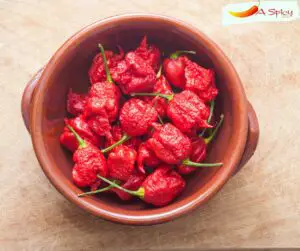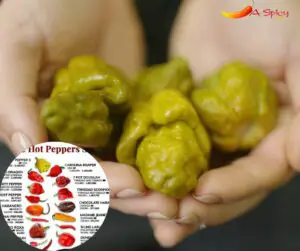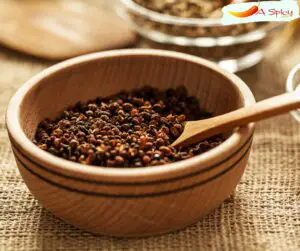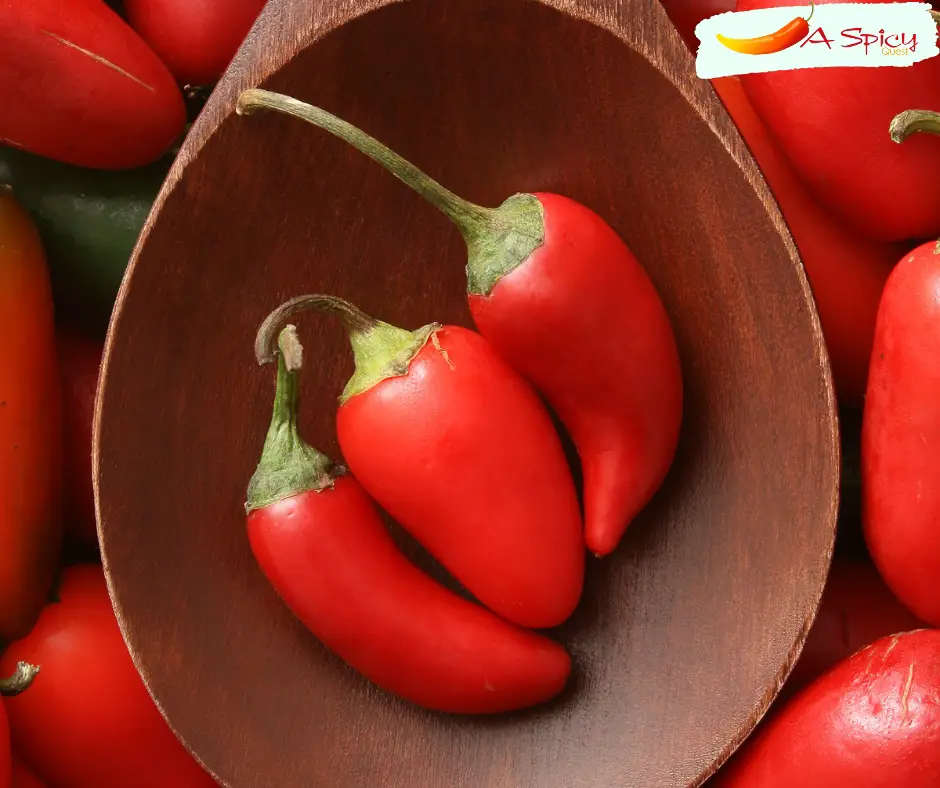
Jalapeños are a staple in the cuisines of many countries, and for a good reason. These tiny peppers are spicy, flavorful, and versatile. However, there’s one question that you might want an answer to; how hot is a jalapeño pepper?
How Hot Are Jalapeños on the Scoville Scale?
On the Scoville scale, jalapeños usually fall in the 2,500 to 8,000 range. The exact heat rating depends on the pepper variety and how it was grown and stored.
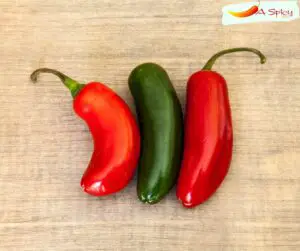
The more capsaicin it contains, the hotter a pepper is rated on the Scoville scale. Capsaicin is the compound responsible for causing that burning sensation in your mouth when you eat spicy foods like chili peppers. This also means that eating scorching peppers can irritate your digestive tract or even cause serious health problems like stomach ulcers if you consume them regularly as part of your diet.
On top of being delicious toppings for tacos and nachos, jalapeños are great additions to salsa because they have milder flavors than habaneros or Scotch bonnets which gives salsas their distinct taste profiles without overpowering other ingredients such as tomatoes.
What You Should Know about Jalapeño Pepper
Jalapeño peppers are a type of chili pepper pod-type cultivar, species capsicum annuum. They were named “jalapeño” because they were initially believed to be from Jalapa, Veracruz, Mexico. However, they are now known to have been cultivated in other areas.
These small green peppers can range in color from bright green to dark green and even yellow, depending on their maturity and the climate where they are grown. In Mexico, jalapenos are pickled or stuffed with cheese and eaten as an appetizer called jalapeño poppers. The heat of the pepper depends on how much capsaicin, the ingredient that gives it its kick, is present in each pepper.
Fast facts about Jalapenos
Jalapeño peppers are a type of chili pepper that is often used in Mexican cuisine. They are part of the capsicum genus, including bell peppers and other varieties of chili pepper.
Jalapeños have a bright, bitter, and grassy flavor; they are rich in vitamin A. In addition to their culinary uses, jalapeños may be used to make tequila or smoked jalapenos chipotles.
Why Do Jalapeño Heat Levels Vary?
Genetics
Different varieties of jalapeño peppers can have different heat levels. For example, the small-seeded jalapeño is much hotter than the large-seeded jalapeño. Here are some jalapenos and their heat levels:
- Early jalapeno 3,500 to 5,000 SHU.
- Senorita jalapeno 5,000 SHU.
- Mucho Nacho jalapeno 5000 to 6,500 SHU.
- Rome jalapeno 6000 to 8000 SHU.
Environment
The environment where you grow your peppers can also affect their heat level. Peppers grown in more arid climates tend to be hotter than those produced in humid ones because they’re under less stress and have a lower water content which means they can store more capsaicin.
Harvest time
In addition, older or overripe peppers may be spicier than fresher ones of the same variety. This is because the additional time spent before harvesting has added more capsaicin to the fruit.
What Do Jalapeño Peppers Taste Like?
Jalapeño peppers are spicy and flavorful. They taste bright, grassy, and a bit bitter in their green form.
Jalapeños are best used fresh, but if you want to preserve them for later use, the best way is by freezing them. You can also make jalapeño jelly from green jalapenos (or red ones when they’re still green).
Some people like to eat jalapeno peppers raw because of their milder flavor and crunchy texture. But they’re also excellent in cooked dishes. Here are some ideas:
- Salsas: Add sliced or diced fresh jalapeños to your favorite salsa recipe for an extra kick. Try adding some diced onion, too; if you want more flavor, it’s great on tacos or chips.
- Soups and Stews: Cooked jalapeno peppers will keep their texture when added right at the end of cooking time.
What Is The Scoville Scale?
The Scoville scale measures the pungency (spiciness) of chili peppers. It uses dilution and human testers to measure the spicy heat of a pepper. Wilbur Scoville developed his eponymous test in 1912 to create a measurement that could describe the spiciness of chilis for use in food applications.
His scale was initially intended for sweet peppers, but people began using it for hot peppers over time. In its simplest form, the Scoville scale measures how much water must be added to pureed chilis before their spiciness is no longer felt on your tongue or lips.
The higher number indicates stronger-tasting peppers with more capsaicinoids, the chemical responsible for spiciness. The amount needed will vary based on other factors like ripeness and variety, so don’t be alarmed if your numbers don’t match up precisely with what is available.
Scoville ranges
While the Scoville scale measures the heat a pepper holds, it has been subdivided into several ranges. These ranges help classify chilies with similar heat content for easy identification. Below are the ranges available on the Scoville scale:
Mild range: Chili peppers with a rating of 100 to 2,500 SHU fall under this category.
- Medium range: 2,500 to 30,000 SHU.
- Hot range: From 30,000 to 100,000 SHU.
- Extra Hot range: Around 100,000 to 300,000 SHU.
- Extremely Hot range: Above 300,000 SHU.
How Is the Scoville Unit Determined?
To determine the Scoville unit, a panel of testers is put up; then, the peppers are grounded up and mixed in a sugar-water solution. Then the peppers are diluted with more sugar water until the mixture is no longer spicy to the panel tasting it.
After this, the pepper is assigned a heat level based on the number of dilutions needed to remove the spiciness. The levels set are called Scoville Heat Units or SHU.
Conclusion
As for how spicy jalapeños are, Jalapeño peppers are rated between 2,500-8,000 Scoville units on the Scoville scale, a measurement of heat. That’s right below habanero peppers and above serrano peppers.
When using hot peppers in cooking, always remember to wear gloves and be careful not to touch any part of your body with the hands handling the peppers. Also, it’s best practice to wash hands thoroughly afterward.

